Over the last fifteen years, New Jersey reduced its greenhouse gas emissions by approximately %, exceeding the greenhouse gas reduction goal by over 23 MMT, primarily as a result of market forces that motivated energy generating units to transition from coal to cleaner burning natural gasSchematic diagram illustrating the greenhouse effect Increase in greenhouse gases concentration causes a reduction in the outgoing infrared radiation, allowing heat energy to accumulate on Earth and leading to warming of the climate system Warming at the Earth's surface is one of the indicators of a warming climate A rise in the Earth's surface temperature will induceAgriculture must play a critical role in limiting the impact of climate change as the sector accounts for a large, growing, and impactful share of global greenhouse gas (GHG) emissions Note Numbers do not sum to 100 due to rounding ¹ Including forestry, land use, fertilizer production, and electricity used in agriculture
Greenhouse Gases Effect On The Climate And Climate Change
Climate change diagram greenhouse gas
Climate change diagram greenhouse gas-Climate change in Japan is already affecting Japan, and the Japanese government is increasingly enacting policy to respond Currently, Japan is a world leader in the development of new climatefriendly technologies Honda and Toyota hybrid electric vehicles were named to have the highest fuel efficiency and lowest Greenhouse gas emissions The fuel economy and emissionsFluorinated greenhouse gases Fluorinated gases ('Fgases') are a family of manmade gases used in a range of industrial applications The EU is taking regulatory action to control Fgases as part of its policy to combat climate change Fgases are often used as substitutes for ozonedepleting substances, because they do not damage the




Climate Change In The Coupled Human Natural System
Climate change is a change in climate patterns, both globally and locally, caused by an increase in greenhouse gas emissions, produced primarily through the combustion of fossil fuels This change has been occurring for an extended period of time (decades or longer) and is resulting in a shift in the frequency and intensity of extreme weather events as well as a change in where Final report This evaluation seeks to understand the impact which certain measures of the CAP have had on reducing GHG emissions, agriculture's vulnerability to climate change and its ability to provide adaptation and mitigation services to society Most of the CAP measures analysed do not have climate action as their intended purpose but may have The greenhouse effect is the way in which heat is trapped close to Earth's surface by "greenhouse gases" These heattrapping gases can be thought of as a blanket wrapped around Earth, keeping the planet toastier than it would be without them Greenhouse gases include carbon dioxide, methane, and nitrous oxides
Greenhouse effect Step 1 Solar radiation reaches the Earth's atmosphere some of this is reflected back into space Step 2 The rest of the sun's energy is absorbed by the land and the oceans, heating the Earth Step 3 Heat radiates from Earth towards space The European Union revealed a new plan for reaching its goals for tackling climate change The proposals to limit greenhouse gas emissions would affect aMost systems rely on methods developed by the Intergovernmental Panel on Climate Change (IPCC) and on reporting requirements of the United Nations Framework Convention on Climate Change (UNFCCC), which include six greenhouse gases (CO 2, CH 4, N 2 O, SF 6, perfluorocarbons PFCs, ad hydrofluorocarbons HFCs), converted into carbon dioxide equivalents using their global warming potentials
Desertification exacerbates climate change through several mechanisms such as changes in vegetation cover, sand and dust aerosols and greenhouse gas fluxes (high confidence) The extent of areas in which dryness (rather than temperature) controls CO 2 exchange has increased by 6% between 1948 and 12, and is projected to increase by at leastThis chart shows the change in global greenhouse gas emissions over time Greenhouse gases are measured in 'carbon dioxideequivalents' (CO 2 e) Today, we collectively emit around 50 billion tonnes of CO 2 e each year This is more than 40% higher than emissions in 1990, which were around 35 billion tonnes Natural gas has long been considered a less harmful fossil fuel, but methane leaks from natural gas contribute more to climate change than previously thought As some cities try to ban new gas
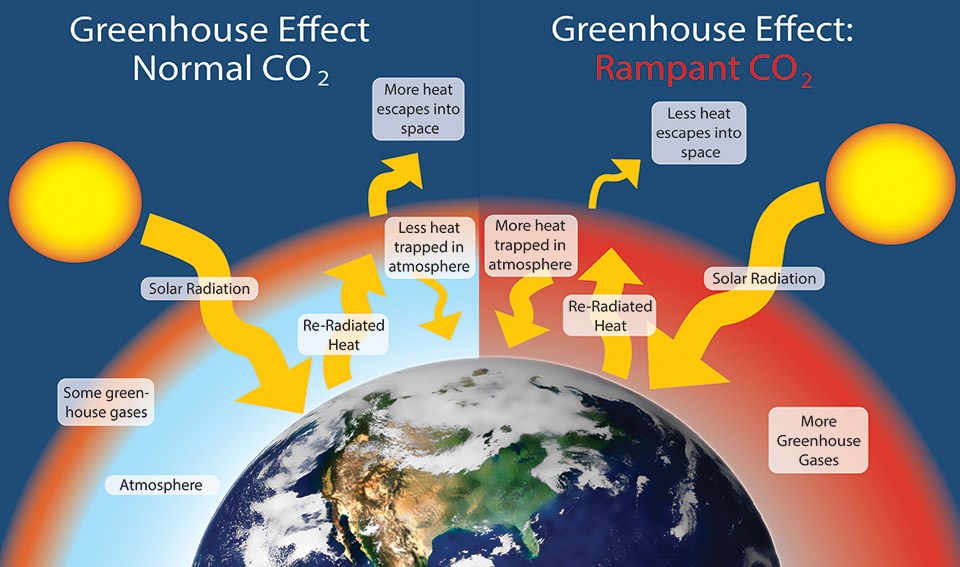



What Is Climate Change Golden Gate National Recreation Area U S National Park Service




Report 3 How Do Greenhouse Gases Cause Global Warming Hinkle Charitable Foundation
In 19, the Annual Greenhouse Gas Index was 145, which represents a 45percent increase in radiative forcing (a net warming influence) since 1990 (see Figure 1) Of the greenhouse gases shown in Figure 1, carbon dioxide accounts for by far the largest share of radiative forcing since 1990, and its contribution continues to grow at a steady rateThe ocean and climate change The ocean is being disproportionately impacted by increasing carbon dioxide (CO 2) and other greenhouse gas emissions (GHG) from human activities This causes changes in water temperature, ocean acidification and deoxygenation, leading to changes in oceanic circulation and chemistry, rising sea levels, increased Greenhouse gas emissions have dropped six percent due to coronavirus lockdowns, but its NOT enough to stop climate change, the United Nation warns The UN released a report showing the world's CO2




Greenhouse Effect And Global Warming Environmental Science Letstute Youtube
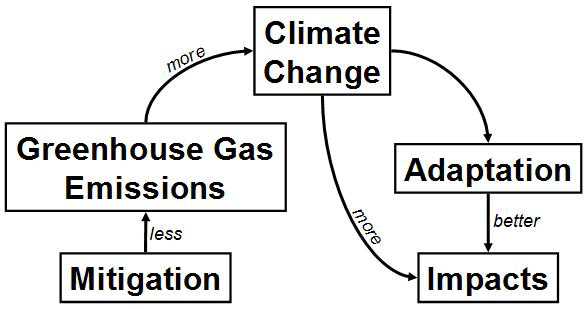



Some Basics
Additionally, the amount of each gas in the air is different, and the concentration changes over time and from place to place This graph shows the heating imbalance in watts per square meter relative to the year 1750 caused by all major humanproduced greenhouse gases carbon dioxide, methane, nitrous oxide, chlorofluorocarbons 11 and 12, and a group of 15 otherTo the right is a diagram (also from NOAA, ESRL, the same source as the table above) which illustrates the greenhouse effect Since the beginning of the Industrial Revolution (round about the late 1700's), the concentration of greenhouse gases present in the atmosphere has rocketed by an estimate of 30%, most significantly carbon dioxide These activities include for example the burning of coal, oil and gas, deforestation and farming The diagram above shows greenhouse gas emissions in the EU in 17 broken down by main source sectors Energy is responsible for 807% of greenhouse gas emissions in 17, of which transport accounts for about a third
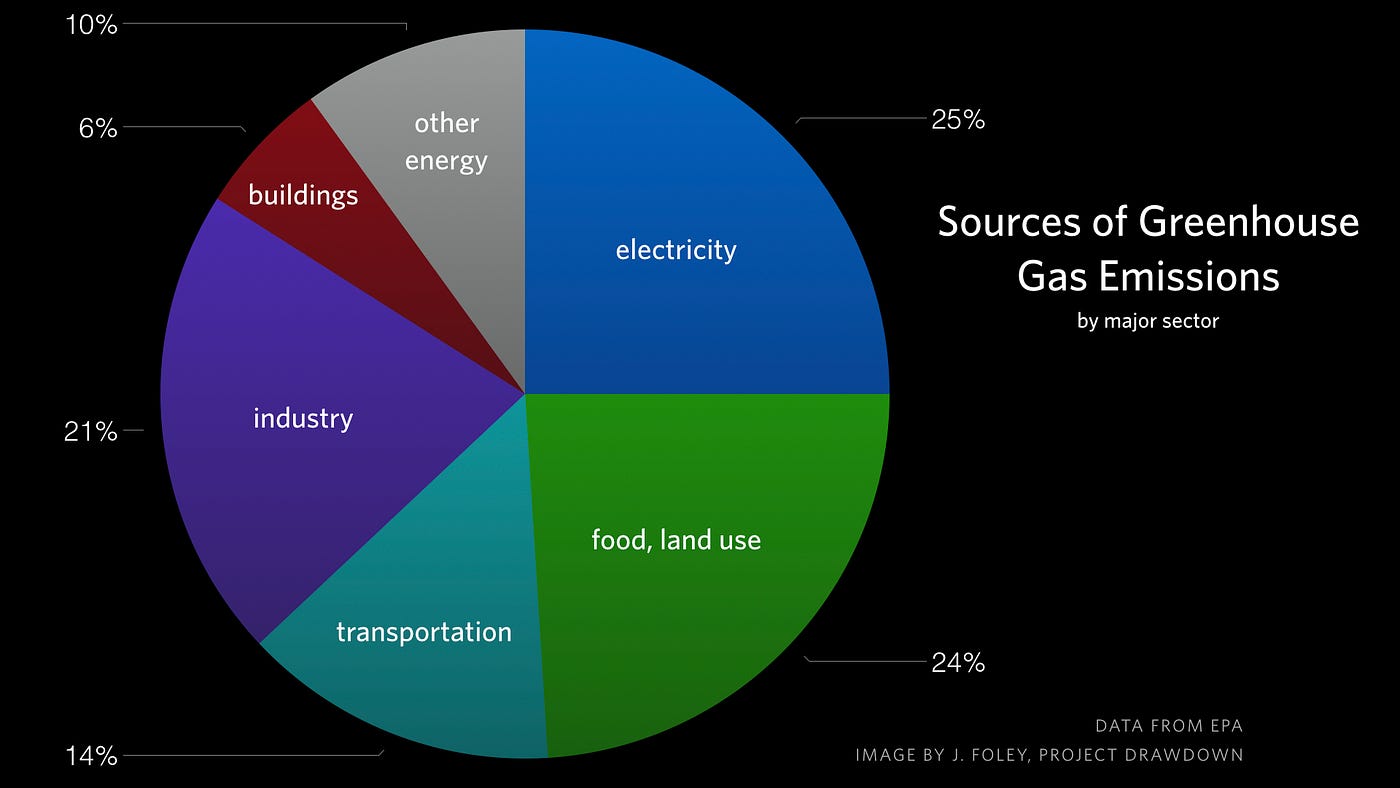



Major Causes Of Climate Change Globalecoguy Org
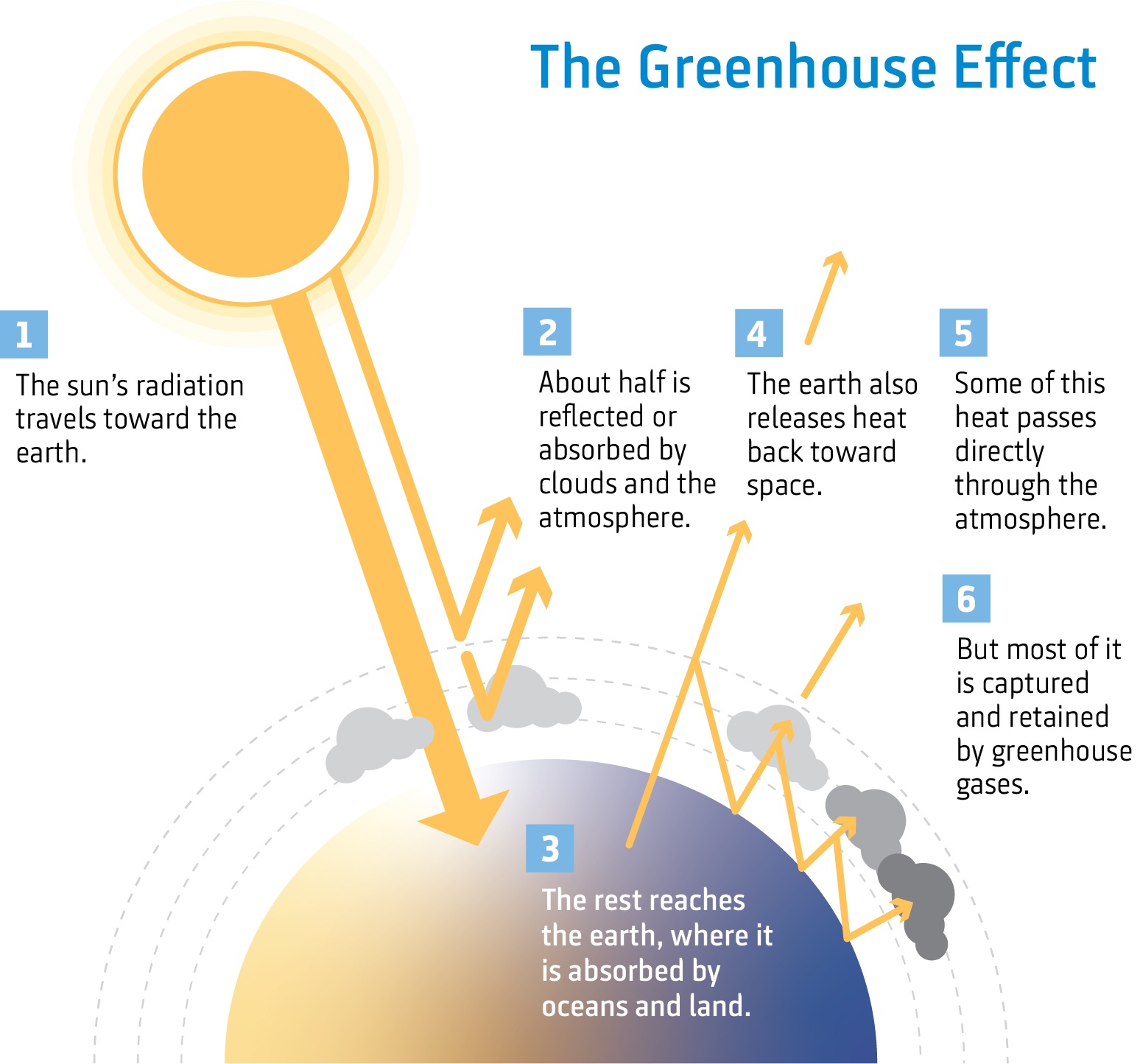



Climate Change The Science Niwa
Greenhouse gases come from all sorts of everyday activities, such as using electricity, heating our homes, and driving around town The graph to the right shows which activities produce the most greenhouse gases in the United States These greenhouse gases don't just stay in one place after they're added to the atmosphereClimate change Ireland must invest in structural and behavioural change to enable the transition to a climate neutral, climateresilient country These changes include the rapid decarbonisation of energy and transport and the adoption of sustainable food production, management and consumption systems Greenhouse gas emissions are the mostUsing gas for energy creates greenhouse gas pollution, driving climate change in three ways Burning gas for energy produces carbon dioxide, the most significant greenhouse gas Some Australian gas power stations are dirtier than coal even before considering other impacts Even before it is burned to create energy, gas production processes release vast quantities of carbon
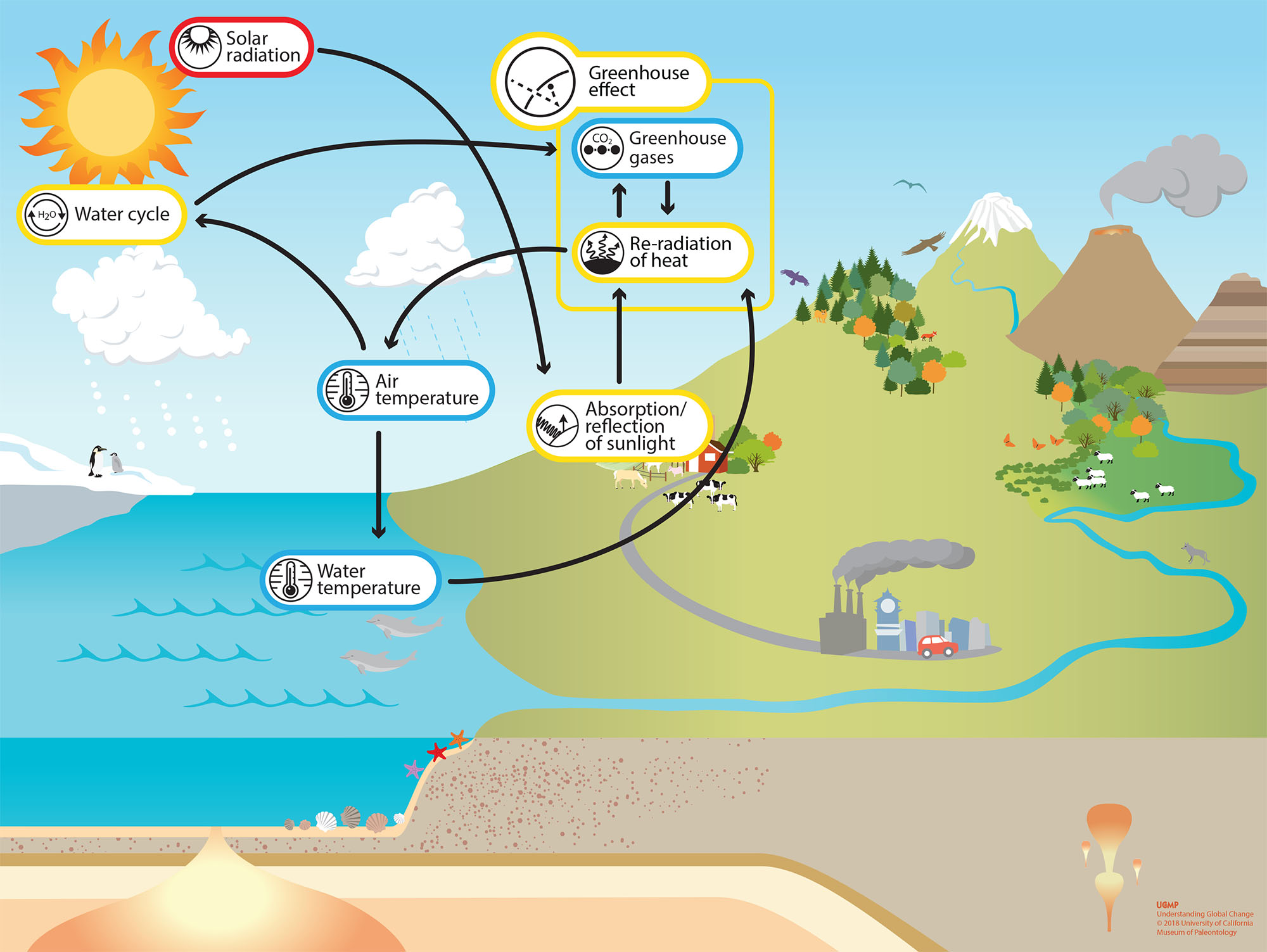



Greenhouse Effect Understanding Global Change




How To Draw A Diagram Of Green House Effect Global Warming Easy Youtube
As climate change continues to make life in vast swaths of the globe harder to sustain, famine and economic instability will fuel conflict within and between countries, which could produce as many The conclusions from the Physical Science Basis report from Working Group 1 of the Intergovernmental Panel on Climate Change (IPCC) are clear climate change is already affecting nearly every part of the planet, and human activities are unequivocally the causeGlossary of climate change acronyms and terms A AAU Assigned amount unit A Kyoto Protocol unit equal to 1 metric tonne of CO2 equivalent Each Annex I Party issues AAUs up to the level of its assigned amount, established pursuant to Article 3, paragraphs 7 and 8, of the Kyoto Protocol Assigned amount units may be exchanged through




Climate Change Diagram Quizlet




Greenhouse Effect 101 Nrdc
In 19, direct industrial greenhouse gas emissions accounted for 23 percent of total US greenhouse gas emissions, making it the third largest contributor to US greenhouse gas emissions, after the Transportation and Electricity sectors Including both direct emissions and indirect emissions associated with electricity use, industry's share of total US greenhouse gas emissions in 19 was 30 percent, making it the largest contributor of greenhouseEPA's Climate CHange Emission Calculator Kit (Climate CHECK) A Climate Change Education and Greenhouse Gas Emission Inventory Kit for High Schools Christopher Steuer ICF International 1725 Eye Street, NW Suite 1000 Washington, DC 006 csteuer@icficom Karen Scott, US EPA 1310 L Street, NW Washington, DC 005 scottkaren@epamailepagov The 09 report, Opportunities to Reduce Greenhouse Gas Emissions through Materials and Land Management Practices, shows that approximately 42 percent of US greenhouse gas emissions are associated with the energy used to produce, process, transport, and dispose of the food we eat and the goods we use This includes the extraction or harvest of




Greenhouse Effect 101 Nrdc



3
The world experienced "unprecedented highimpact climate extremes" between 01 and 10 and more national temperature records were broken during that period than in any other decade, the United Nations reports The report, The Global Climate 0110, A Decade of Extremes, says the first decade of the 21st century was the warmest for both hemispheres and for bothTo prevent severe climate change we need to rapidly reduce global greenhouse gas emissions The world emits around 50 billion tonnes of greenhouse gases each year measured in carbon dioxide equivalents (CO 2 eq) 1 To figure out how we can most effectively reduce emissions and what emissions can and can't be eliminated with current technologies, we need to first The disruption to Earth's climate equilibrium caused by the increased concentrations of greenhouse gases has led to an increase in the global average surface temperatures This process is called the enhanced greenhouse effect While scientists agree that the levels of greenhouse gases and average global temperatures are rising, there is less
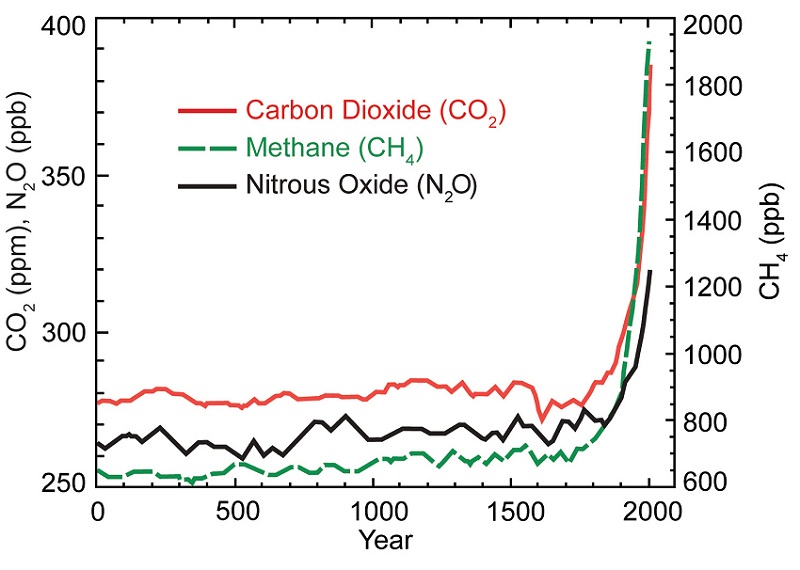



Causes Of Climate Change Climate Change Science Us Epa
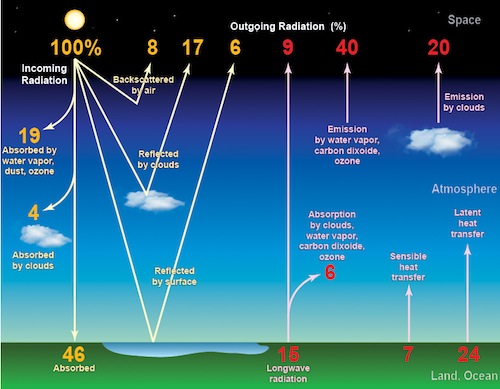



What Is The Greenhouse Effect And How Is It Related To Global Climate Change Socratic
Travel through Earth's recent climate history and see how increasing carbon dioxide, global temperature and sea ice have changed over time Eyes on the Earth Track Earth's vital signs from space and fly along with NASA's Earthobserving satellites in an interactive 3D visualizationA greenhouse gas (GHG or GhG) is a gas that absorbs and emits radiant energy within the thermal infrared range, causing the greenhouse effect The primary greenhouse gases in Earth's atmosphere are water vapor (H 2 O), carbon dioxide (CO 2), methane (CH 4), nitrous oxide (N 2 O), and ozone (O 3)Figure 19 Institutional Arrangement and Thematic Grouping for Climate Change Figure 21 Comparison of Greenhouse Gas Emissions by Sector between 00 and 11 Figure 22 Comparison of Greenhouse Gas Emissions by Gas between 00 and 11 Figure 23 Percentages of Greenhouse Gas Emissions by Sector in 00, 05 and 11 Figure 24 Percentage




Overview Of Greenhouse Gases Us Epa



Blog Climate Change Vital Signs Of The Planet
Changes in the concentration of certain greenhouse gases, from human activity (such as burning fossil fuels), increase the risk of global climate change Greenhouse gases include water vapor, carbon dioxide (CO 2 ), methane, nitrous oxide, halogenated fluorocarbons, ozone, perfluorinated carbons, and hydro fluorocarbonsThe ' greenhouse gas effect ' is a major contributor to climate change and global warming According to NASA, this is a result of when "the atmosphere traps heat radiating from Earth towards space" What are some of the gases that contribute to the greenhouse effect and prevent heat from leaving the atmosphere?Victoria's Climate Change Strategy Victoria's Climate Change Strategy sets out our plan for further reducing our emissions and building resilience to the impacts of climate change It presents exciting opportunities for Victorians to save money, to work and to grow innovative businesses View the strategy




Climate Change Science And Impacts Factsheet Center For Sustainable Systems




Colorado S Greenhouse Gas Reduction Roadmap Raises Concerns
Climate change Greenhouse gas emissions must peak within 4 years, says leaked UN report Group of scientists release draft IPCC report as they fear itGreenhouse gas emissions vary among individuals depending on a person's location, habits, and personal choices For example The quantity of greenhouse gas emissions from your home electricity use depends on the types of fuel your power plant uses to generate the electricity and the amount you use The quantity of greenhouse gases emitted fromThe first is to reduce the greenhouse gas emissions responsible for climate change By choosing cleaner ways to power our homes, offices, and cars, and being more efficient and less wasteful, we can produce fewer greenhouse gas emissions Everyone can play a part in a clean energy future, including government, businesses, and you
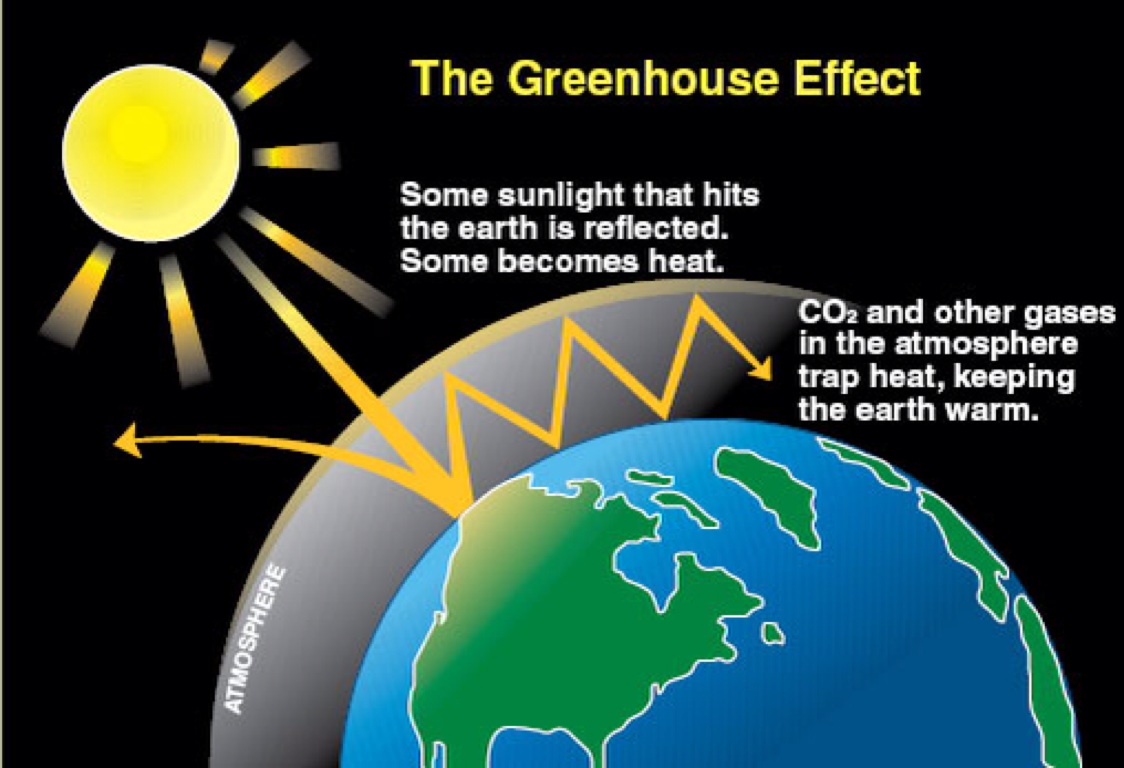



What Is The Difference Between The Greenhouse Effect And Global Warming Socratic
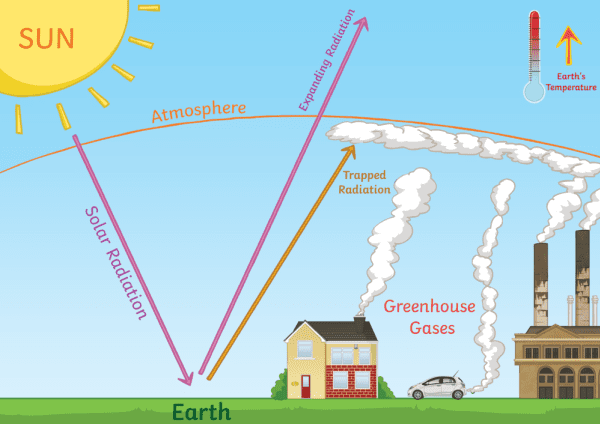



What Are Greenhouse Gases Answered Twinkl Teaching Wiki




File Earth S Greenhouse Effect Us Epa 12 Png Wikimedia Commons




The Greenhouse Effect Niwa
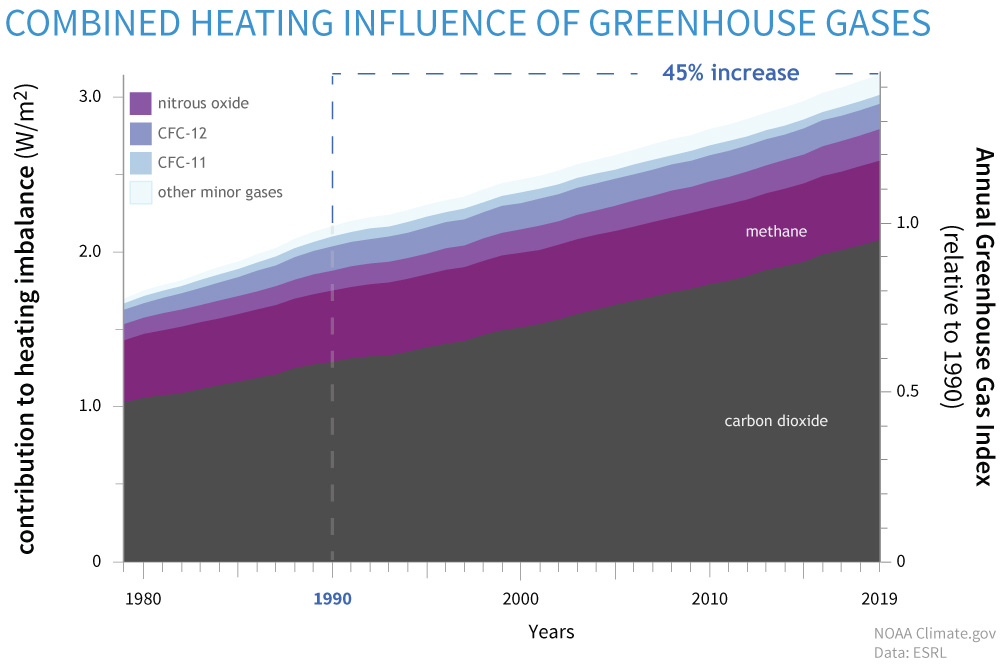



Climate Change Annual Greenhouse Gas Index Noaa Climate Gov



Greenhouse Gases




Carbon Dioxide Methane Nitrous Oxide And The Greenhouse Effect Conservation In A Changing Climate
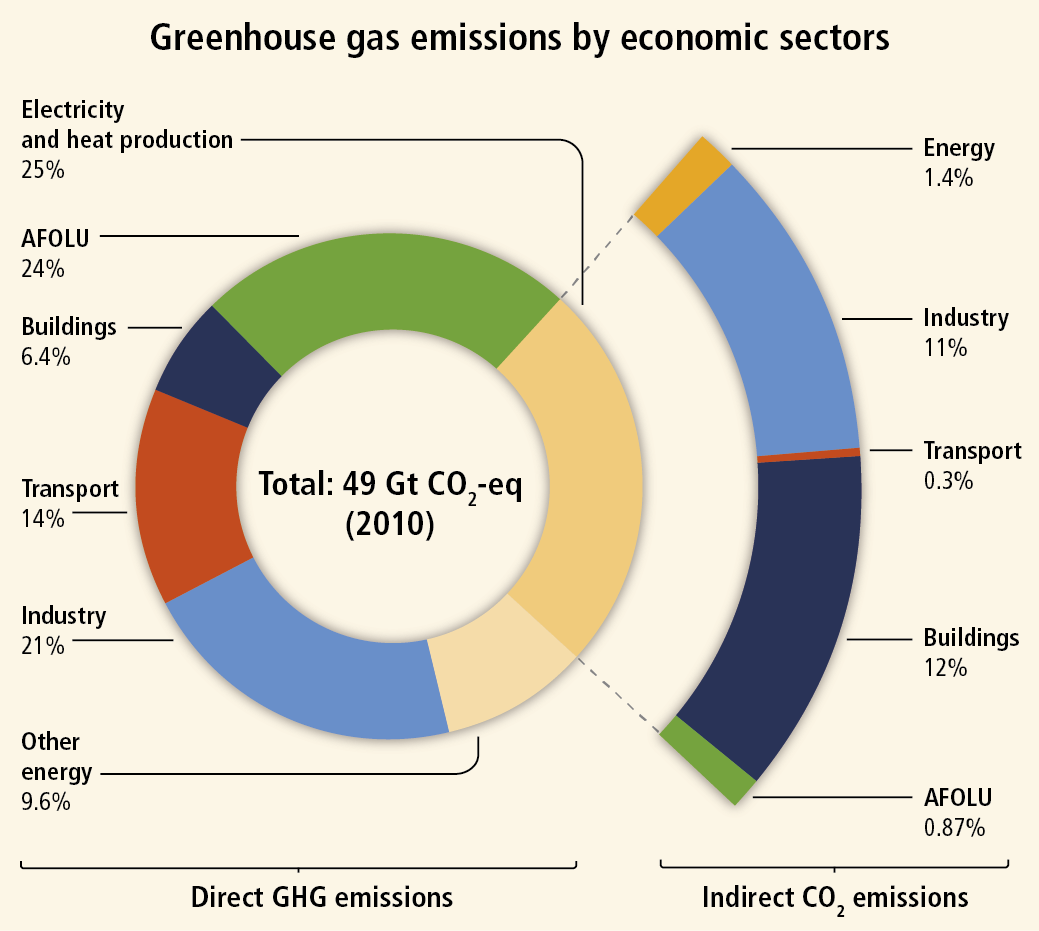



Impact Of Agriculture On Climate Change
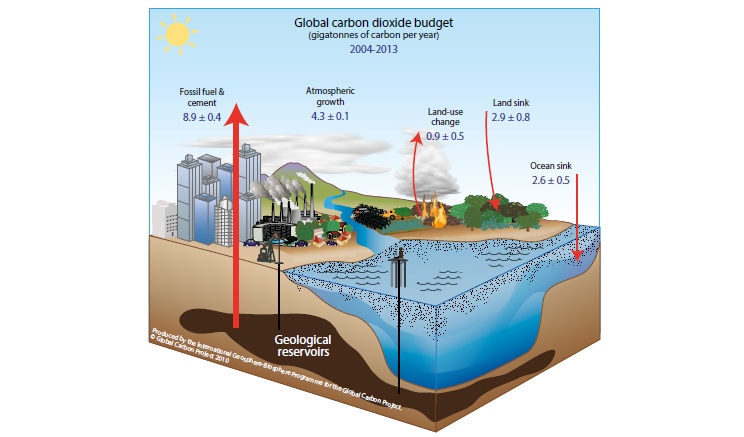



3 Are Human Activities Causing Climate Change Australian Academy Of Science




Diagram Of Climate Change Google Search Dieta Balanceada
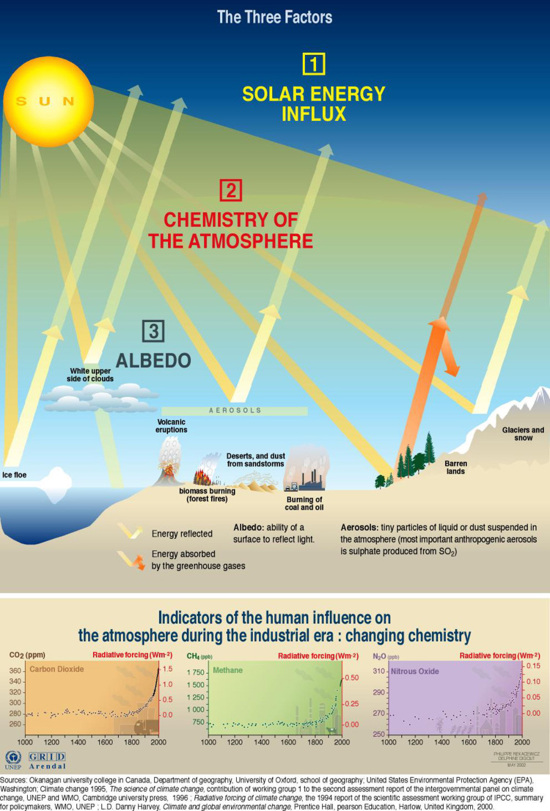



Factors Influencing The Greenhouse Effect Grid Arendal




Climate Change In The Coupled Human Natural System
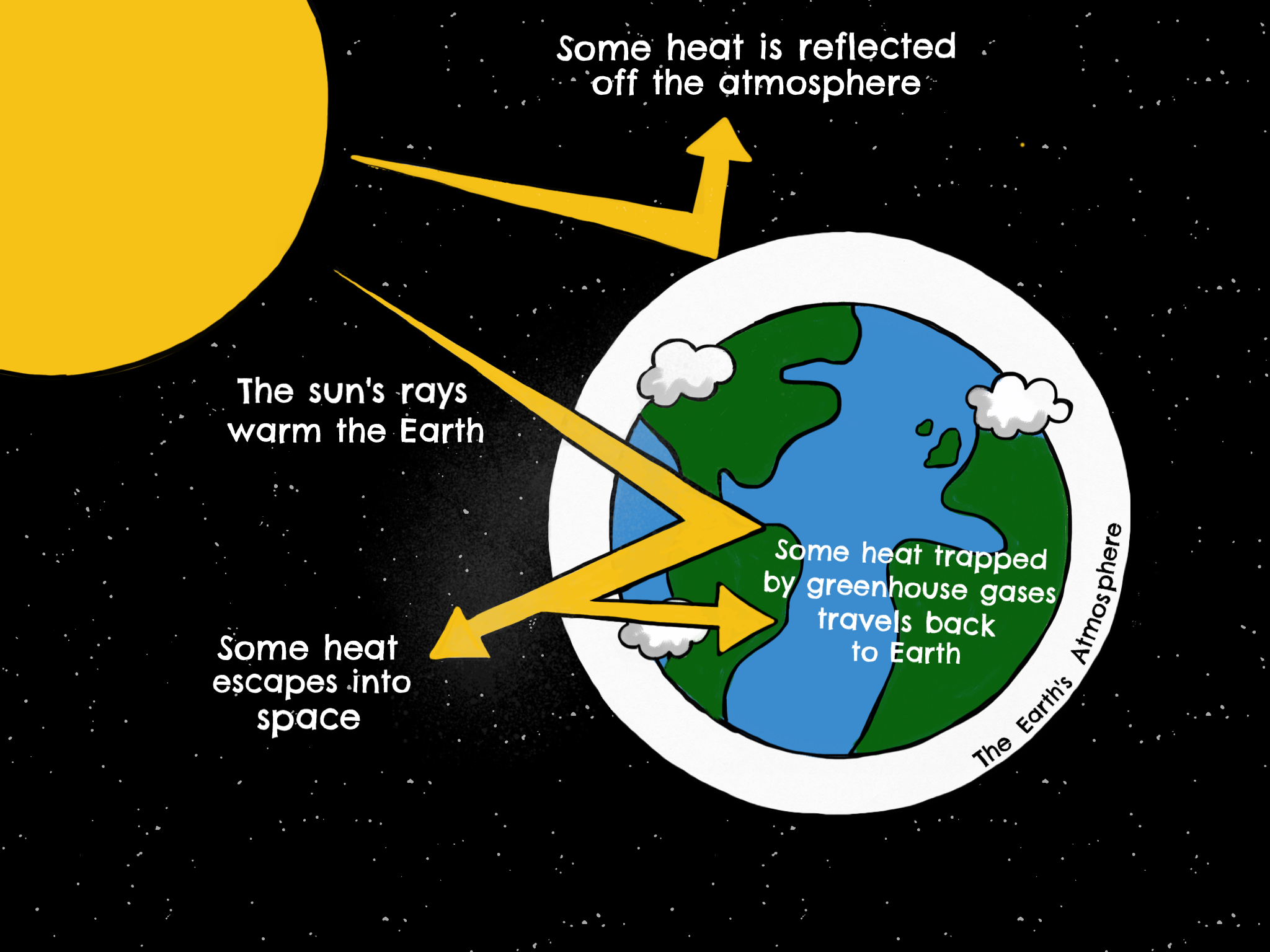



Introduction To Greenhouse Gases Industry And Climate Change
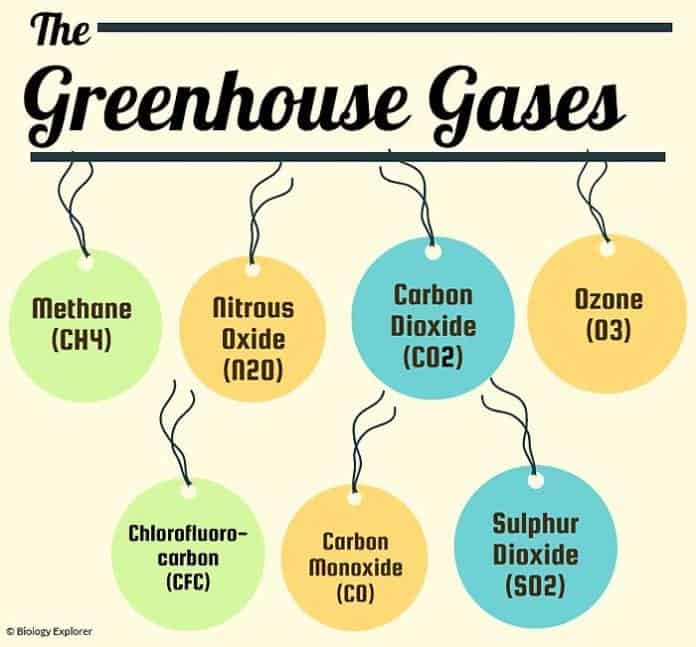



Types Of Greenhouse Gases Definition And Effects On Climate Change
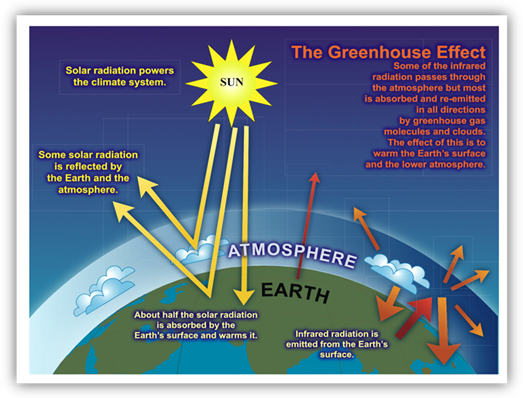



Climate Futures



Greenhouse Gases Effect On The Climate And Climate Change
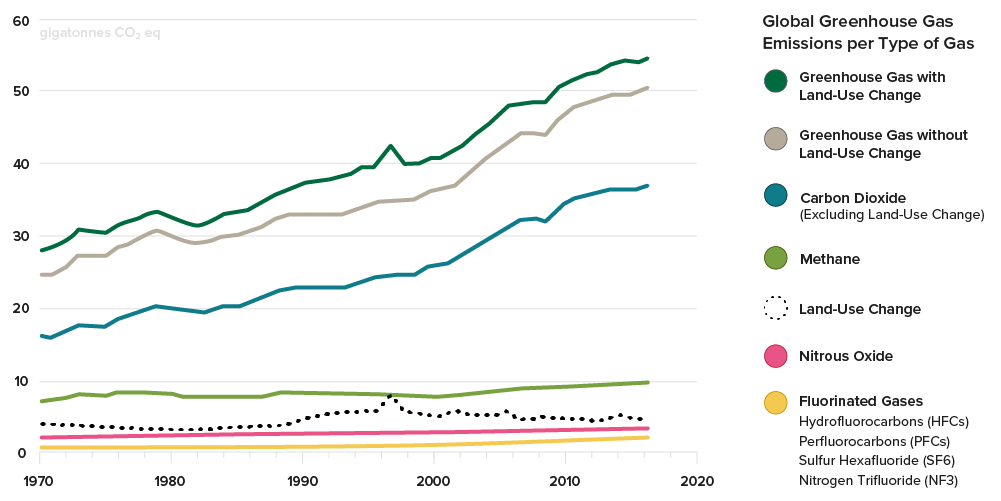



Carbon Emissions Forestry Carbon Credits The Arbor Day Foundation



1
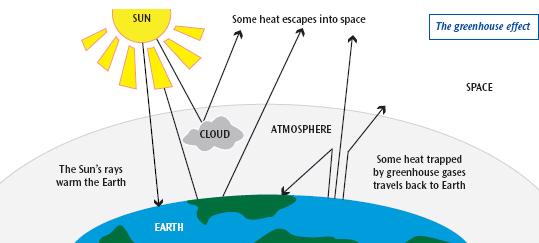



What Is Climate Change And How Will It Affect The Uk Bradford Council




Agriculture And Climate Change Nrcs South Dakota
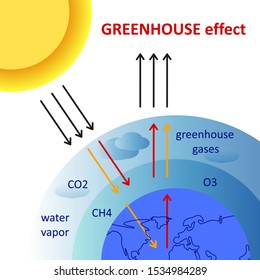



Greenhouse Effect Diagram High Res Stock Images Shutterstock
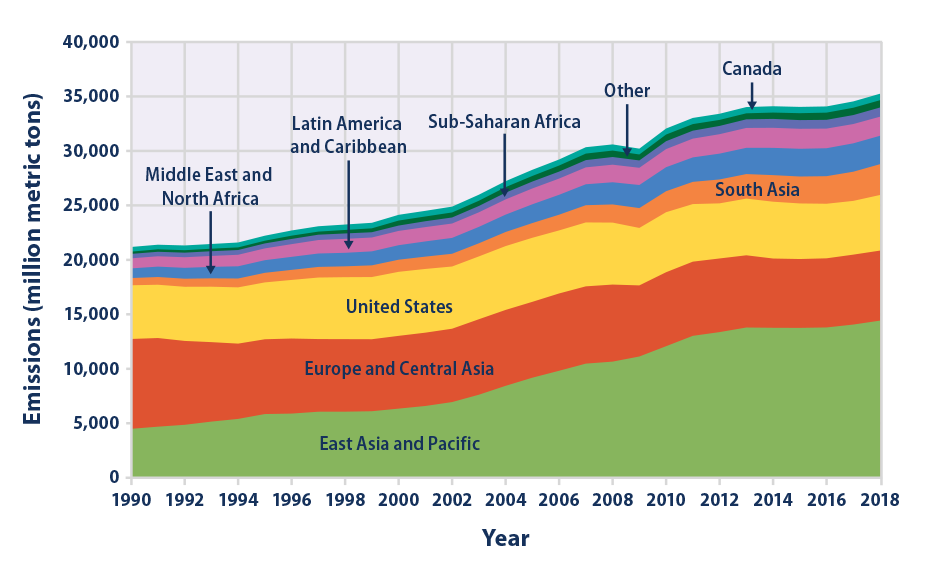



Climate Change Indicators Global Greenhouse Gas Emissions Us Epa




Cause And Effect For Global Warming Time For Change
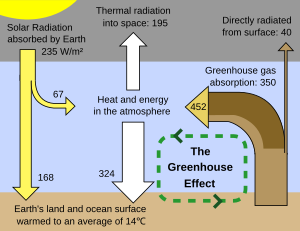



Greenhouse Effect Wikipedia
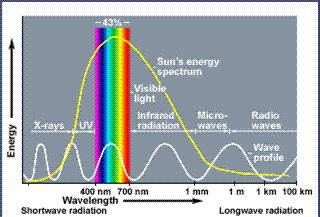



The Enhanced Greenhouse Effect Global Warming Ozcoasts




The Greenhouse Effect World101




Warm On Top Cold Below Unexpected Greenhouse Gas Effect In Lakes
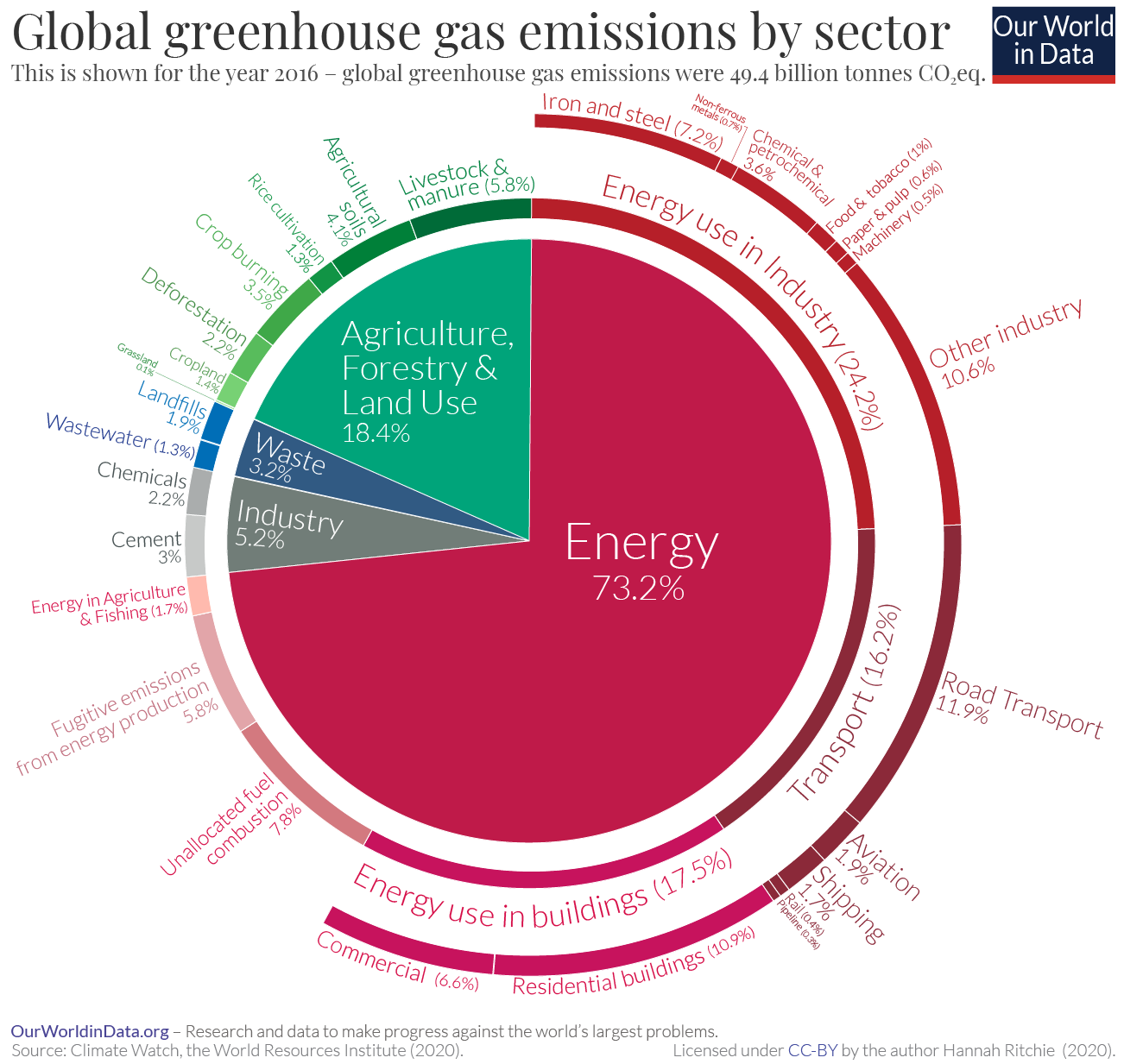



Sector By Sector Where Do Global Greenhouse Gas Emissions Come From Our World In Data




New Scientific Data Stops Climate Change Deniers Mind The Graph By Mind The Graph The Science Educator Medium




Greenhouse Gases A Student S Guide To Global Climate Change Us Epa
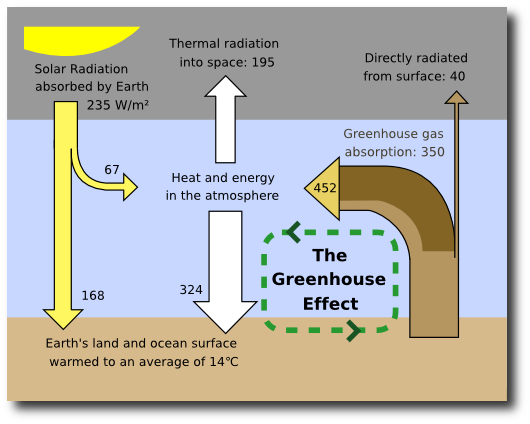



Climate Change And Global Warming Introduction Global Issues




Greenhouse Effect Diagram Showing How The Greenhouse Effect Royalty Free Cliparts Vectors And Stock Illustration Image



1
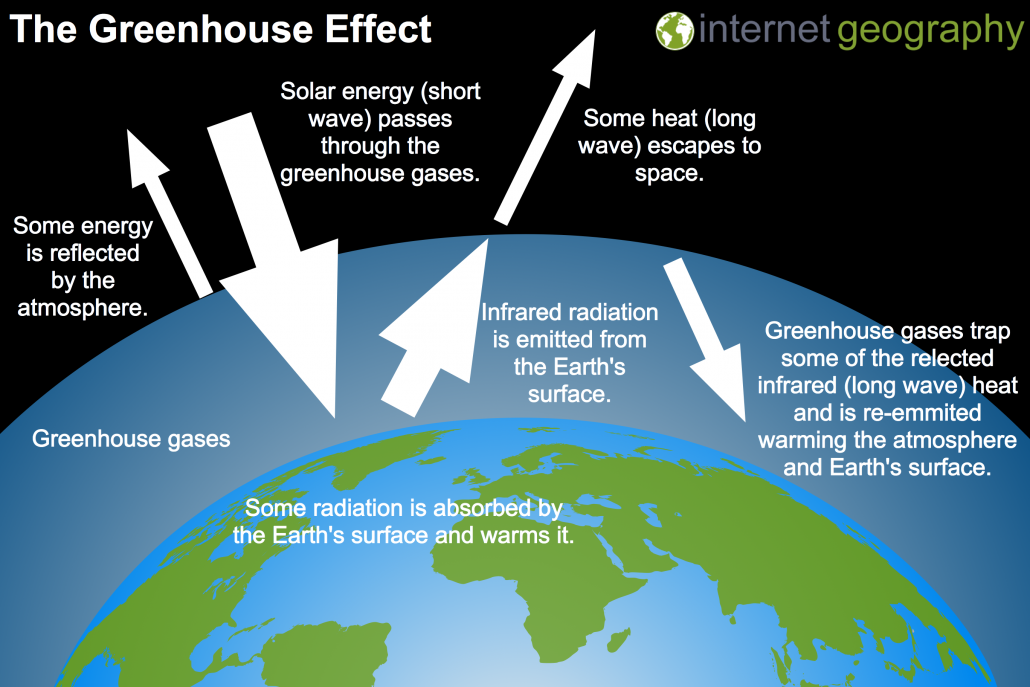



What Causes Climate Change Internet Geography




Antarctica And Global Climate Change Science Learning Hub
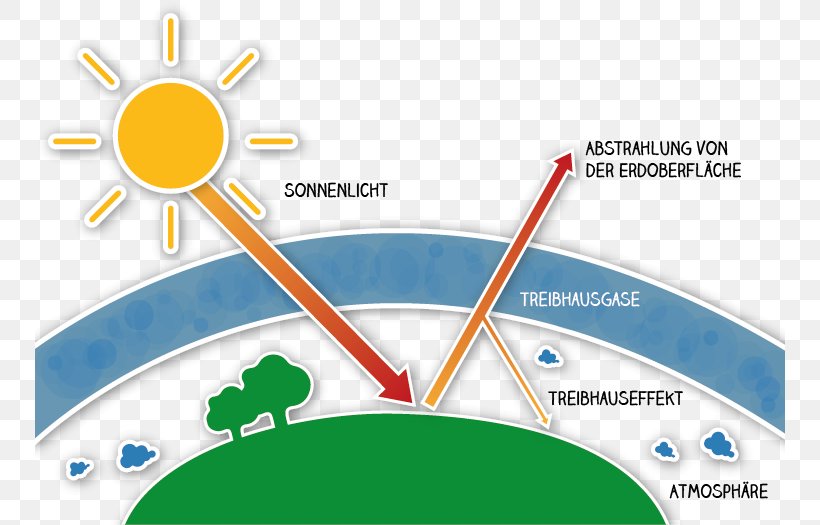



Greenhouse Effect Climate Change Greenhouse Gas Anthropogen Global Warming Png 750x525px Greenhouse Effect Area Atmosphere Of
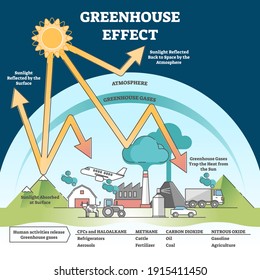



Greenhouse Effect Diagram High Res Stock Images Shutterstock



Q Tbn And9gctoyncs8qyvzsnlf0ehywfdbiqsqkgodl5exlpxd0mjwanu7ugb Usqp Cau
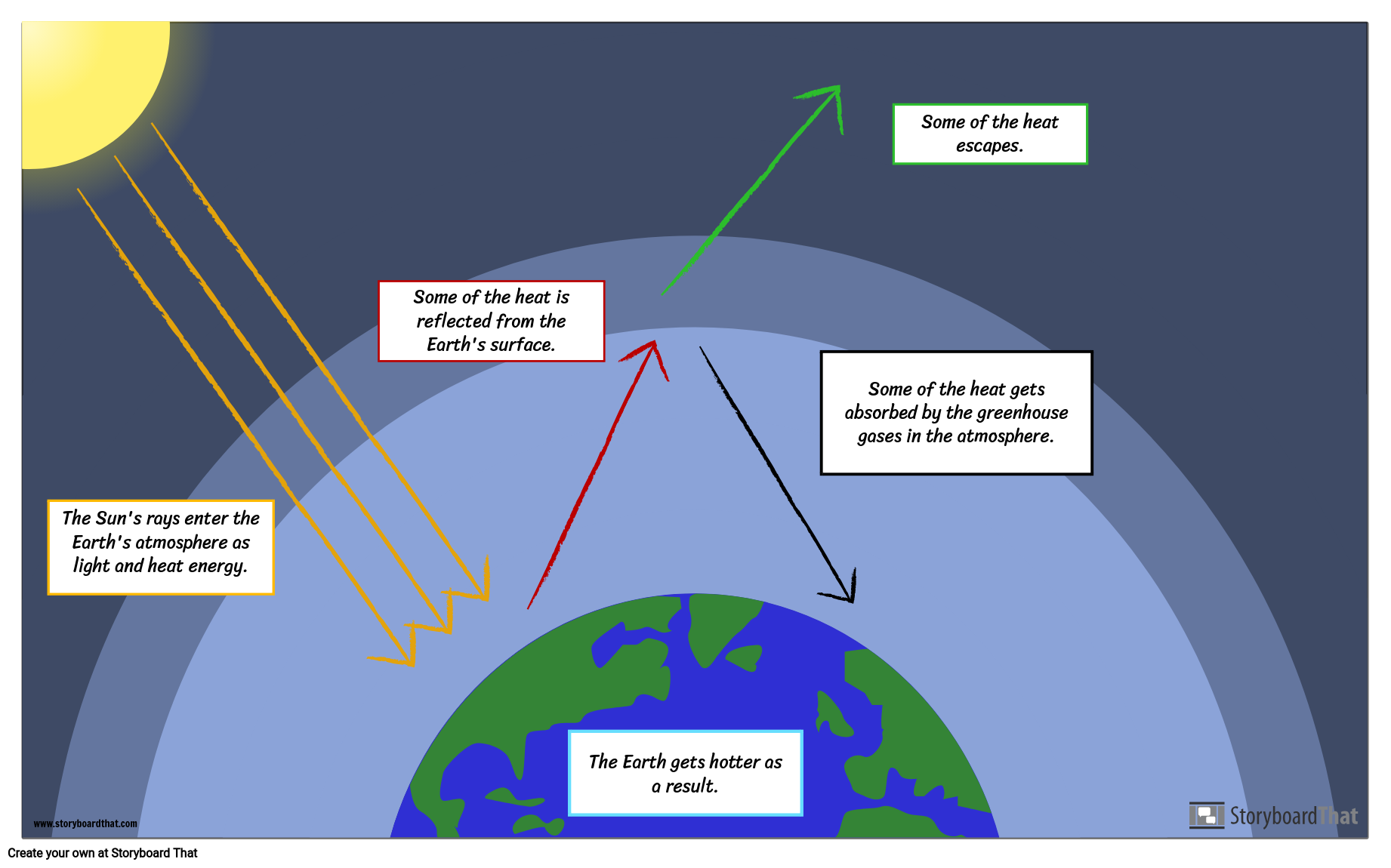



Creating A Greenhouse Effect Diagram




Health And Climate Change Policy Responses To Protect Public Health The Lancet




A Picture Of Climate Change Is Worth 1 000 Words Simple Climate
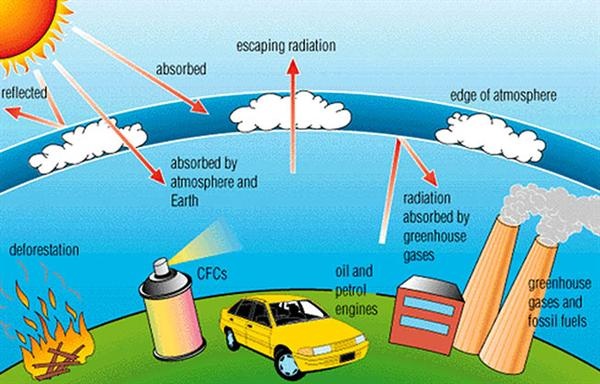



Effects On Envionment Geography For 21 Beyond
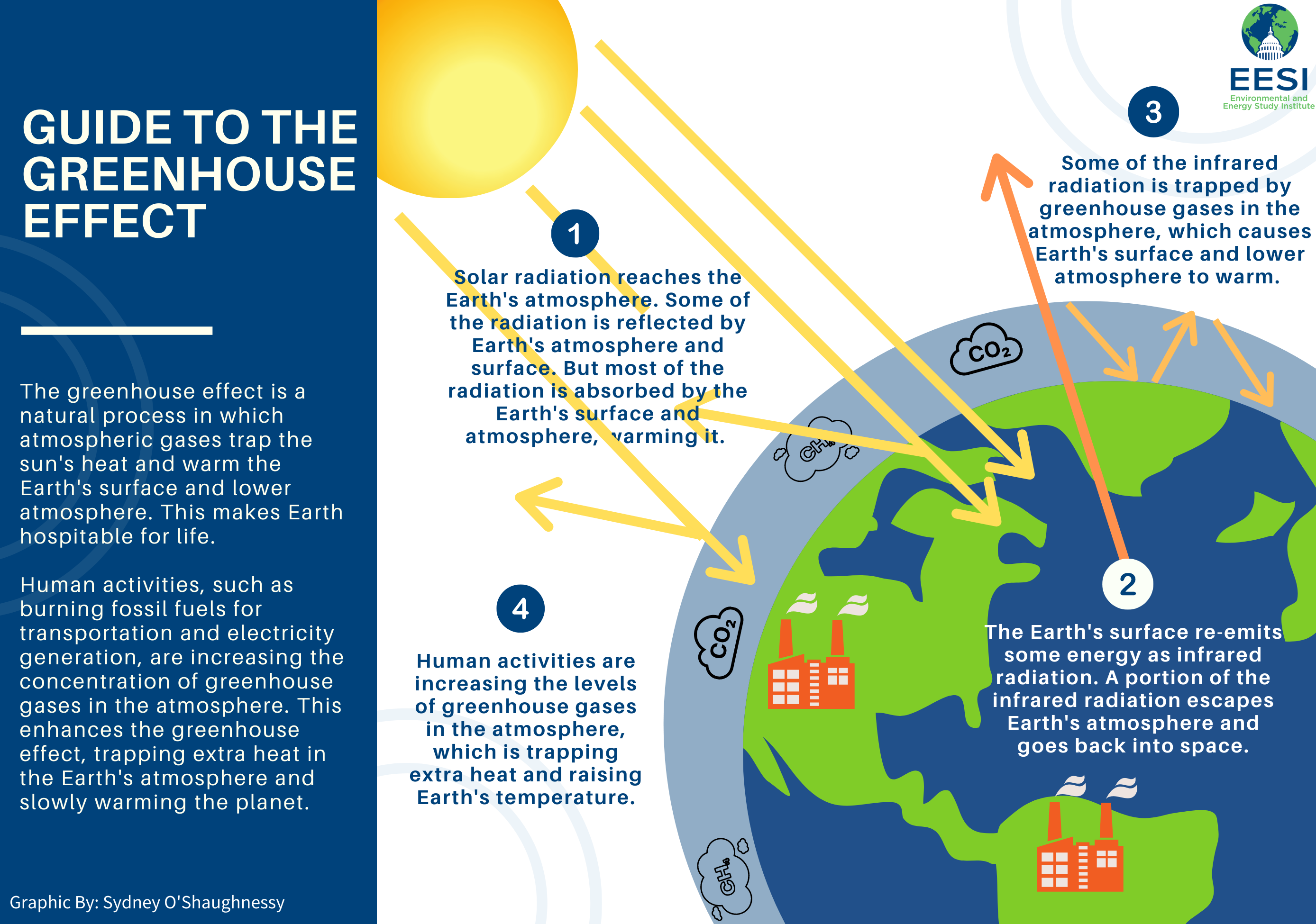



Global Warming Climate Change Frequently Asked Questions Faq Eesi




Greenhouse Gas Emissions And Climate Change Cooling Pasadena




How Exactly Does Carbon Dioxide Cause Global Warming You Asked
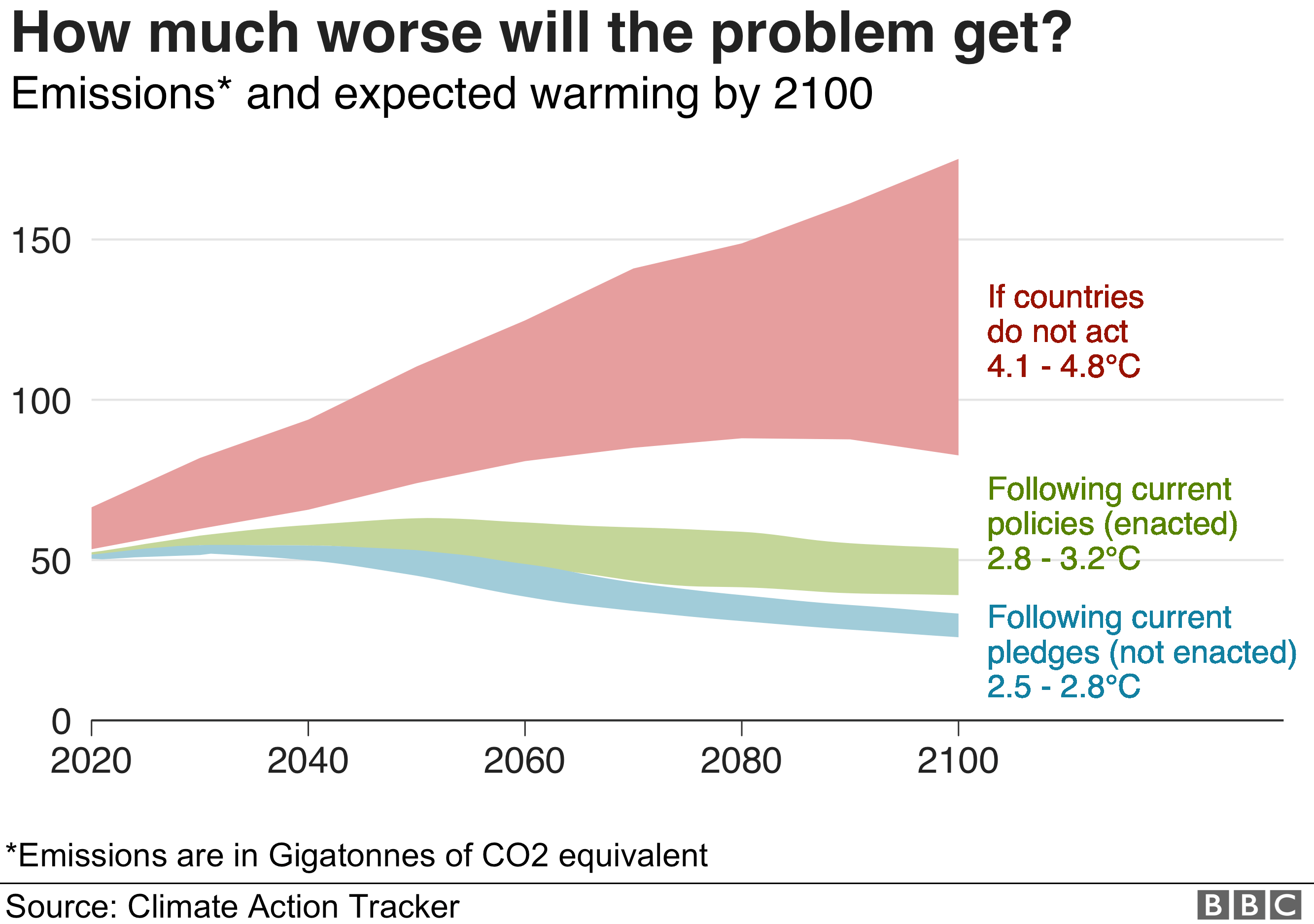



Climate Change Where We Are In Seven Charts And What You Can Do To Help c News
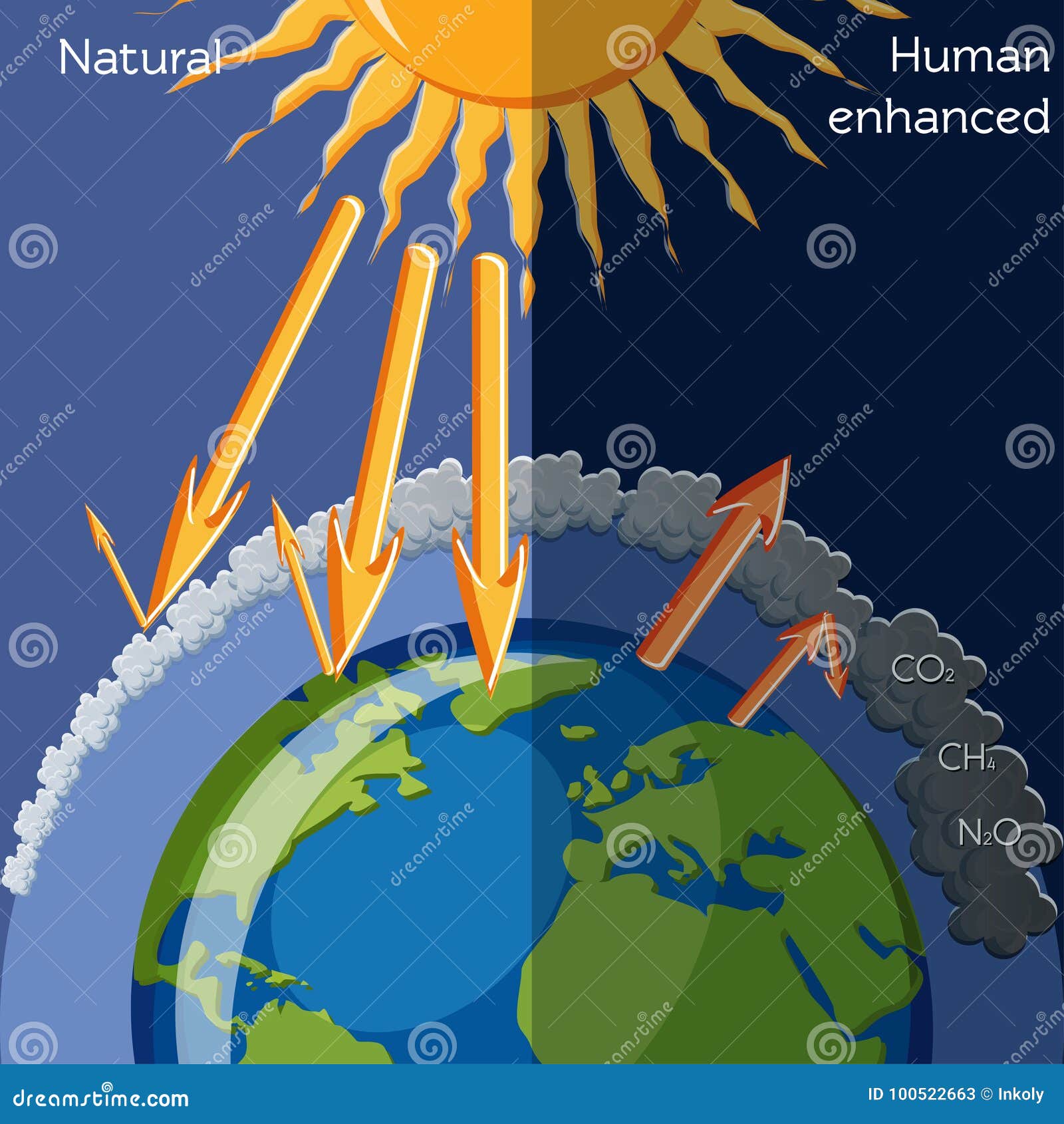



Natural And Human Enhanced Greenhouse Effect Stock Vector Illustration Of Atmosphere Chemical




Climate Change 101 Causes And Effects Good Intent




Greenhouse Effect Wikipedia




The Greenhouse Effect Niwa




The Greenhouse Effect World101
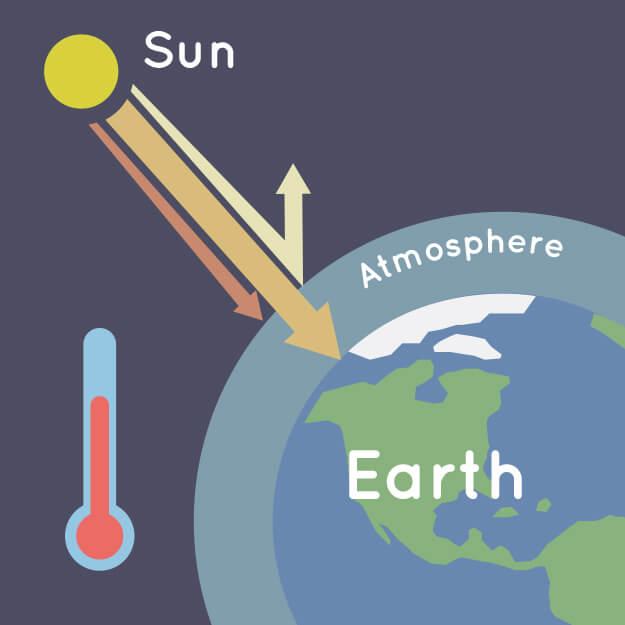



What Is The Greenhouse Effect Nasa Climate Kids
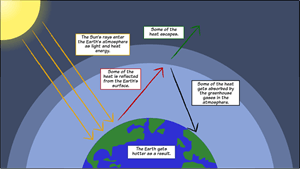



Creating A Greenhouse Effect Diagram
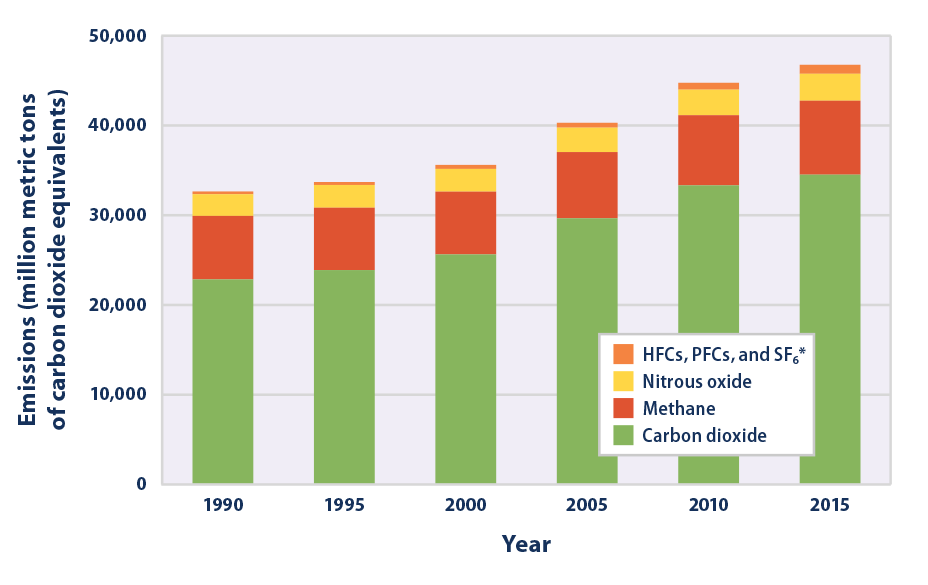



Climate Change Indicators Global Greenhouse Gas Emissions Us Epa




Greenhouse Effect Definition Diagram Causes Facts Britannica




How To Explain The Greenhouse Effect To Kids With Printables Greenhouse Effect Greenhouse Gases Effect Greenhouse Gases




Climate Change Basics Ag Matters




1 Diagram Illustrating How Rf Is Linked To Other Aspects Of Climate Download Scientific Diagram
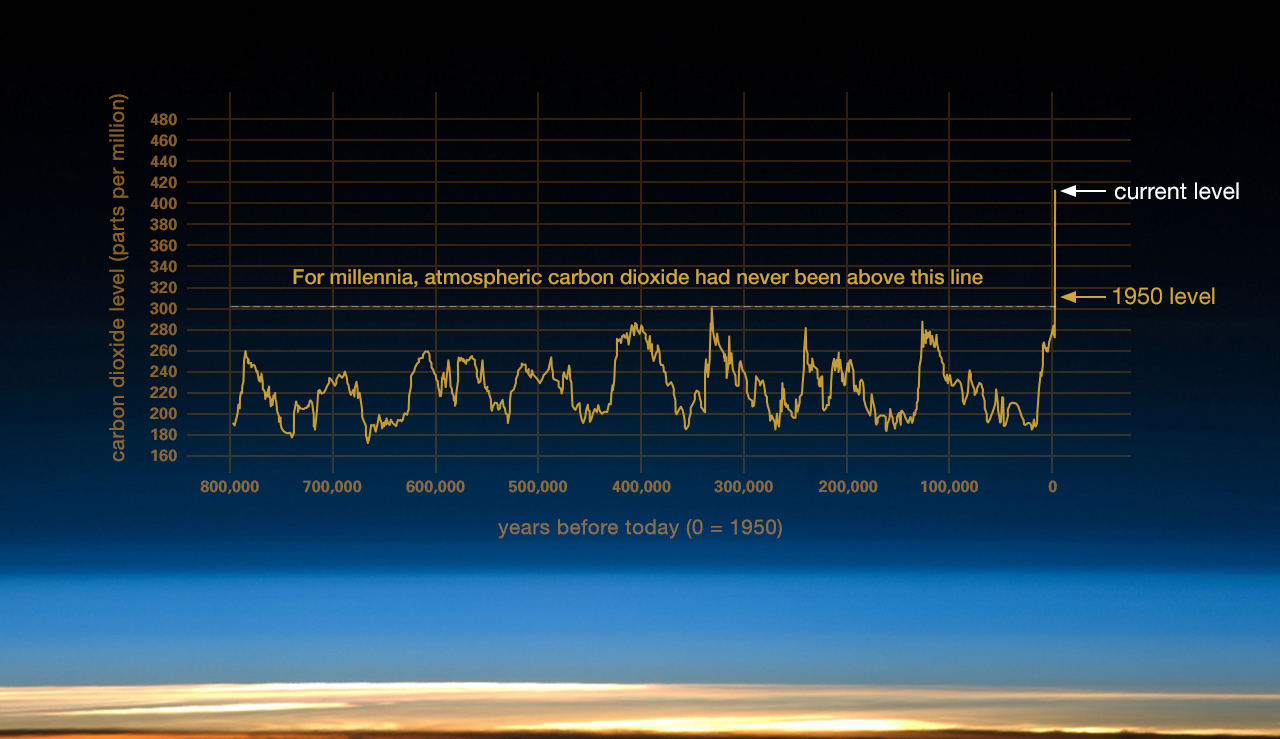



Evidence Facts Climate Change Vital Signs Of The Planet
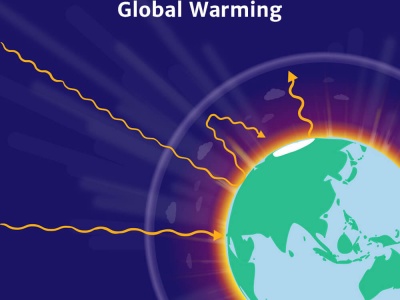



The Greenhouse Effect Knowledge Bank Solar Schools




Carbon Cycle And Greenhouse Effect A Scientific Infographic
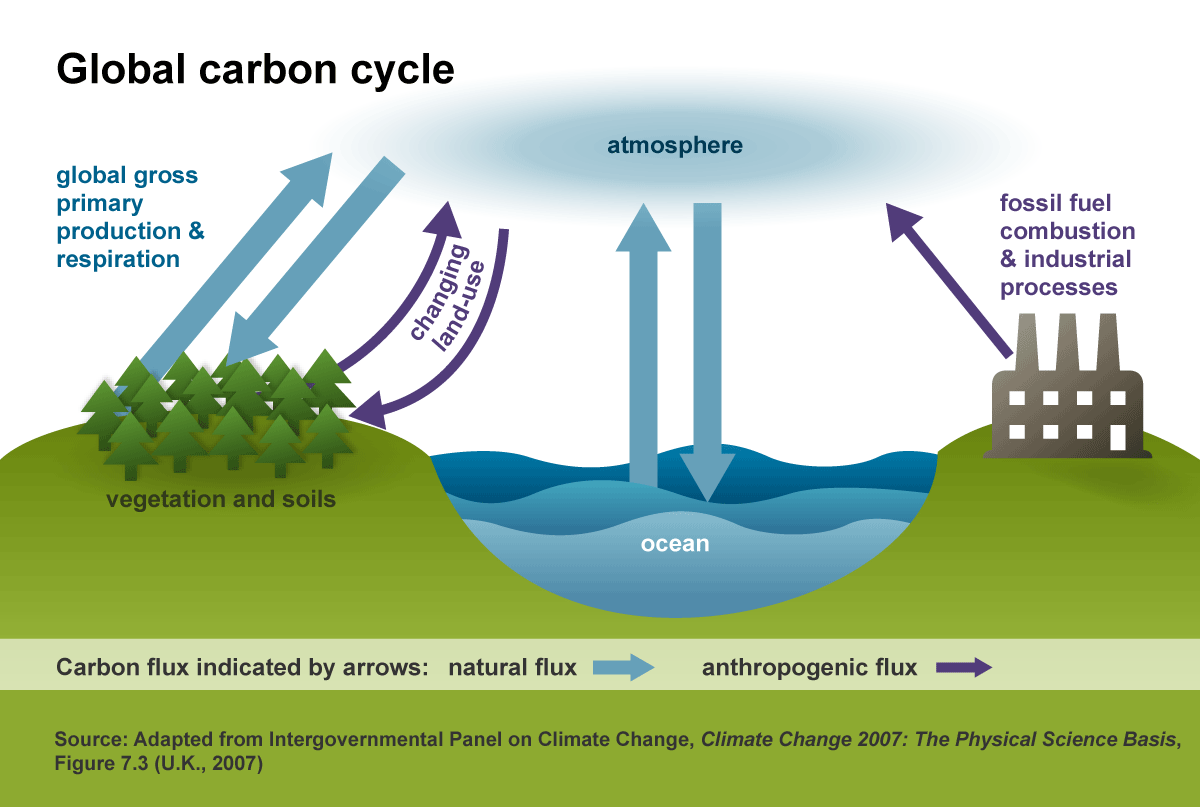



Greenhouse Gases Effect On Climate U S Energy Information Administration Eia




Climate Change Annual Greenhouse Gas Index Noaa Climate Gov
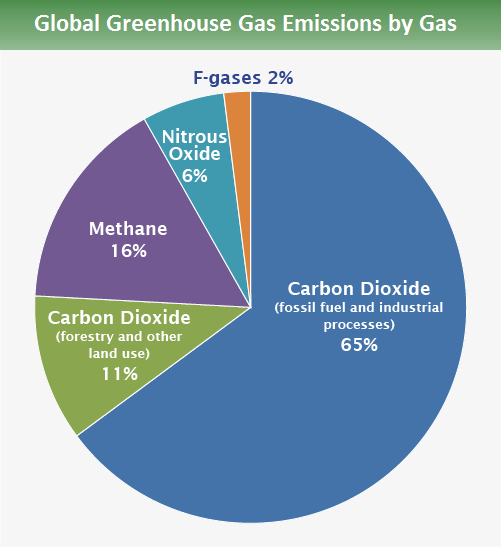



Global Greenhouse Gas Emissions Data Us Epa



Proximate Causes Of Climate Change Geog 438w Human Dimensions Of Global Warming




Climate Change Evidence And Causes Royal Society




What Is Climate Change Climate Assembly



Environment For Kids Global Warming



Forests And Climate Change




Carbon And Climate Change An Overview Business Wales
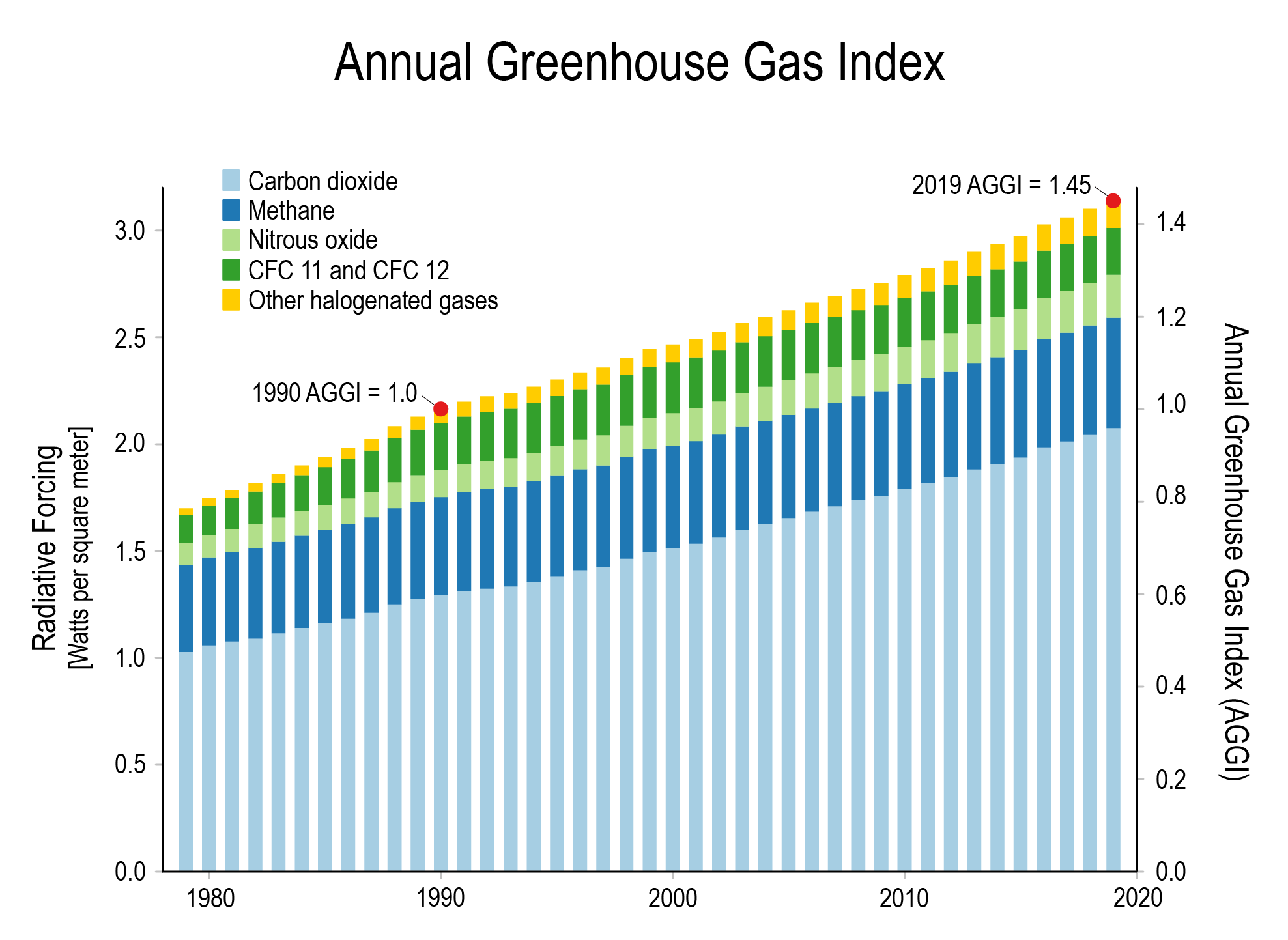



Climate Change International Ccs Knowledge Centre




Climate Change Diagram Quizlet
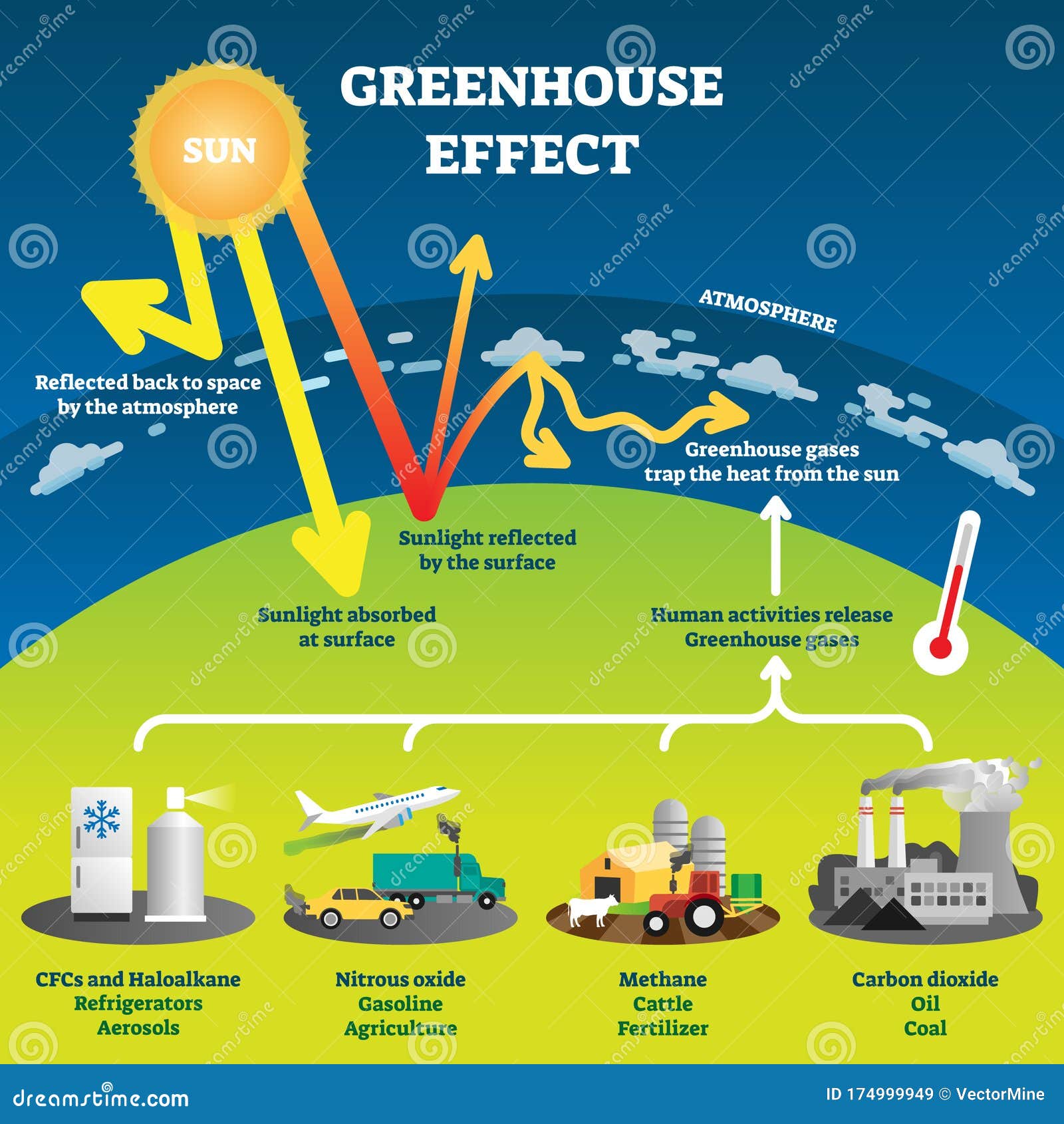



Greenhouse Gas Diagram Stock Illustrations 149 Greenhouse Gas Diagram Stock Illustrations Vectors Clipart Dreamstime




Greenhouse Gases And Global Warming Ballotpedia
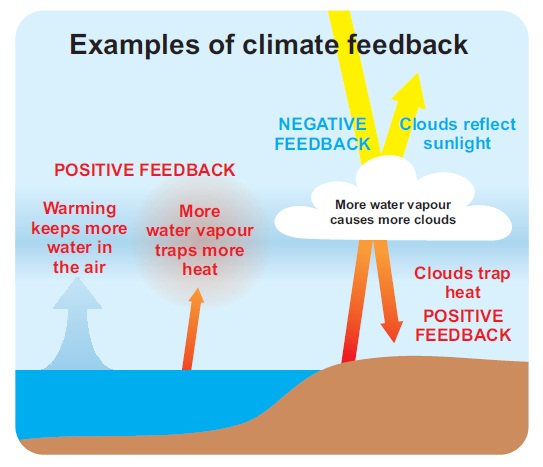



Eli Climate Change Learner Materials Greenhouse Gases




Greenhouse Gas Concentrations



Climate Change Greenhouse Effect Geo Revision



Greenhouse Gases Effect On The Climate And Climate Change
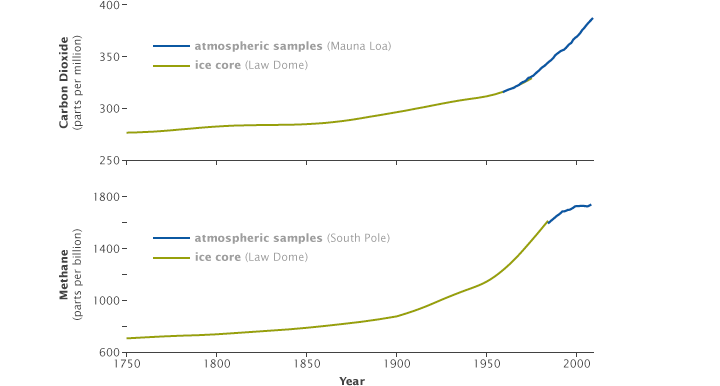



Global Warming




2 Schematic Of The Greenhouse Effect From 16 Download Scientific Diagram
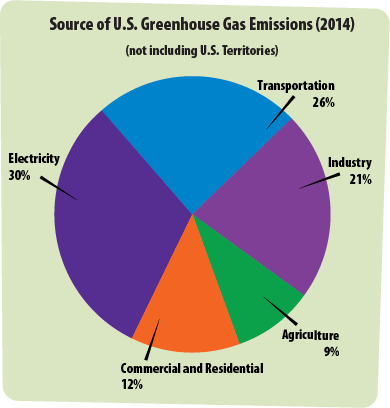



Greenhouse Gases A Student S Guide To Global Climate Change Us Epa




Understanding The Greenhouse Effect Sciencemusicvideos
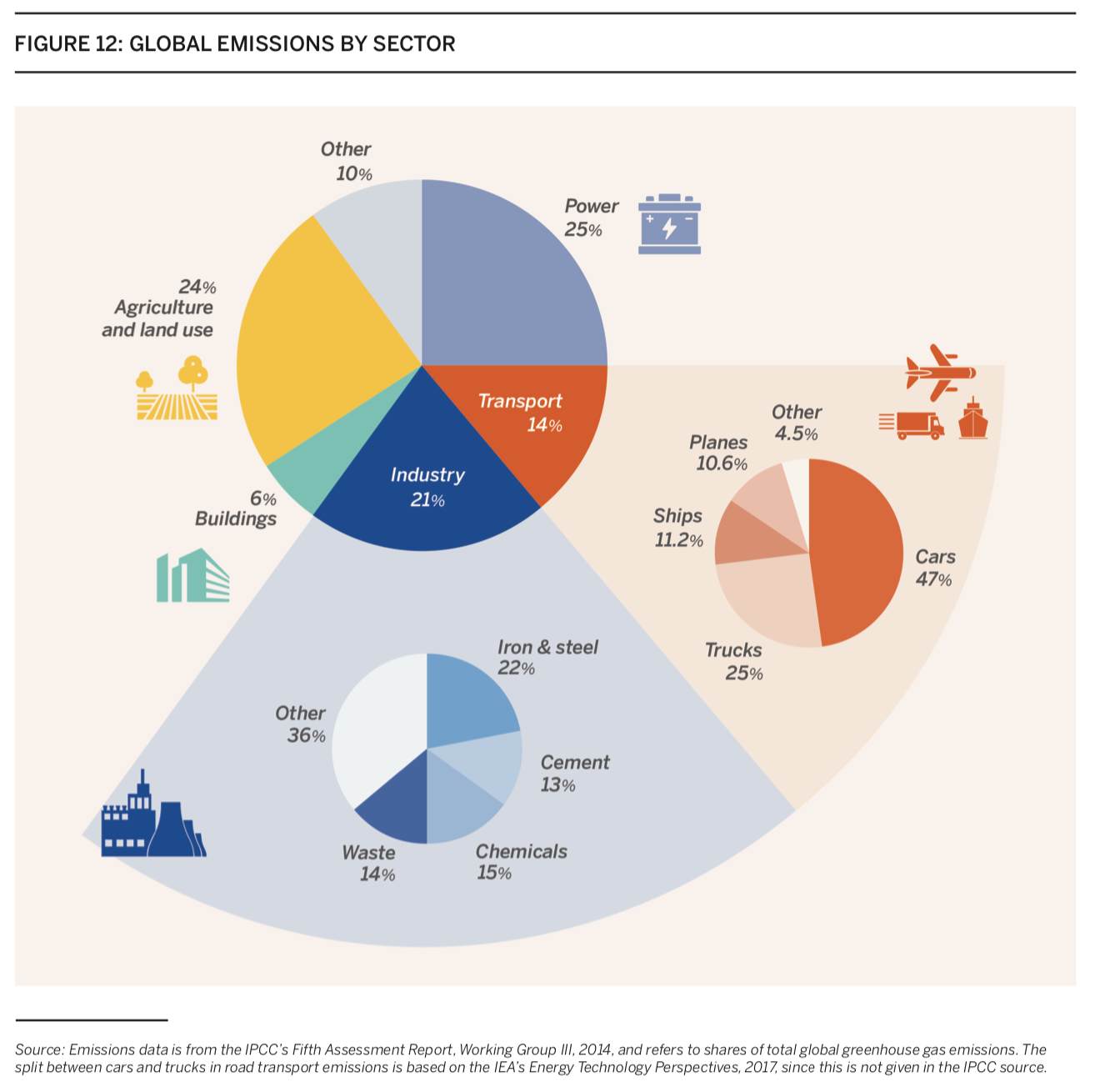



Charts Of The Week Tackling Climate Change
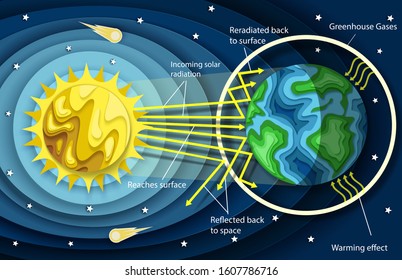



Climate Change Diagrams High Res Stock Images Shutterstock
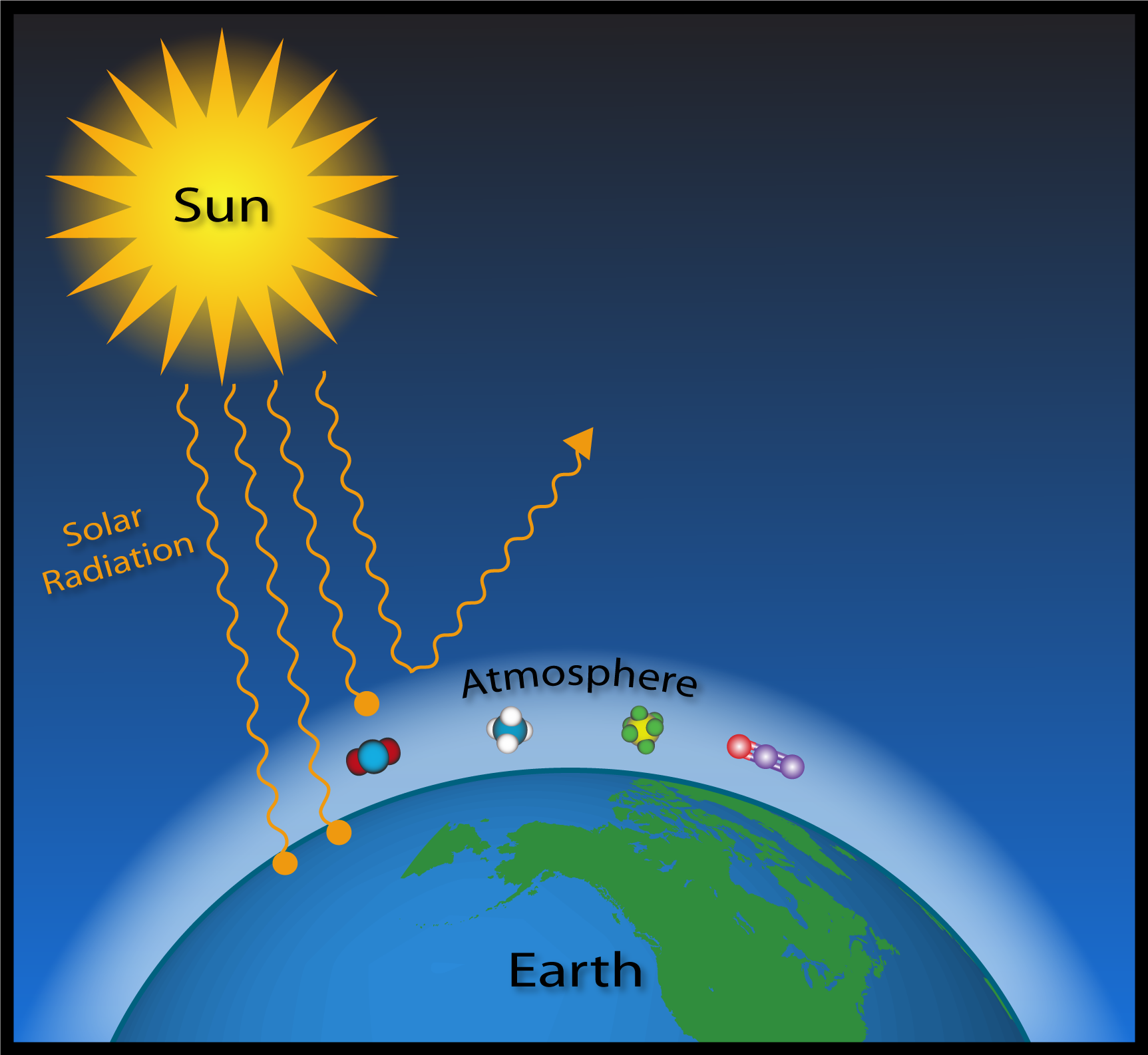



Esrl Global Monitoring Laboratory Education And Outreach




The Enhanced Greenhouse Effect Global Warming Ozcoasts



0 件のコメント:
コメントを投稿